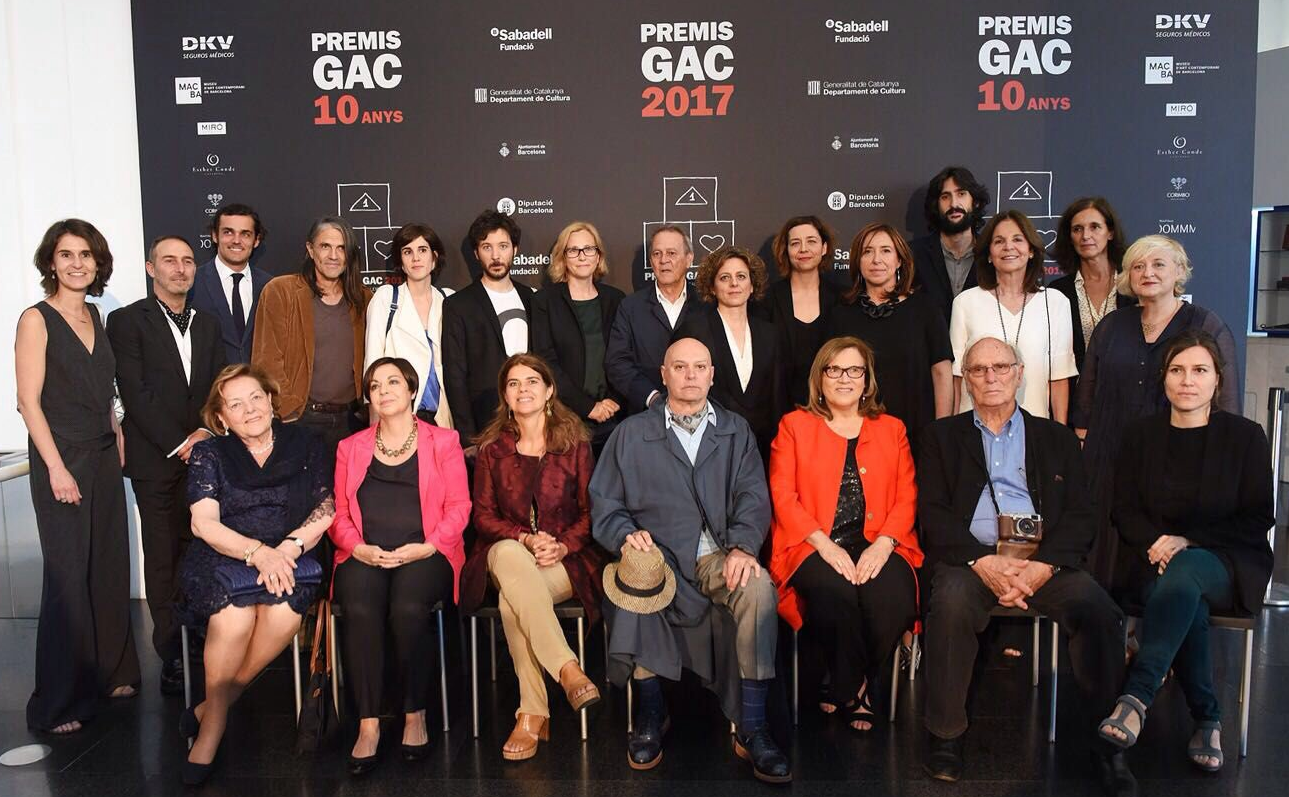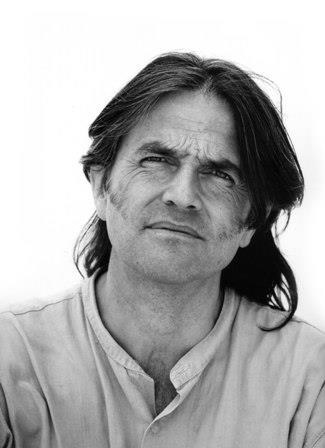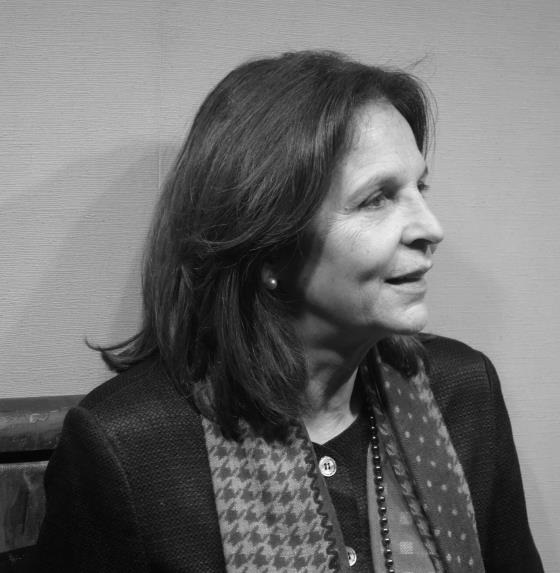The Foundation acknowledges the careers of artist Perejaume and gallerist Mariana Draper in the 2017 GAC Awards

This year, art galleries in Catalonia are giving out the 2017 GAC Awardsonce again in order to promote the role of art galleries, as key centres of the artistic market, in disseminating knowledge about art and artists. The award ceremony took place on Tuesday at the Barcelona Museum of Contemporary Art (MACBA) during the tenth Night of Gallerism.
Various awards were given out, including the Banco Sabadell Foundation Honorary Awards, which were given to artist Perejaume and gallerist Mariana Draper as an acknowledgement of their careers and their role in disseminating knowledge of art.
More about the Honorary Award to artist Perejaume
Perejaume is known as ‘the poetic artist’, and began exhibiting his pictorial work in the mid-1970s, but he soon began introducing other expressive resources such as texts, photographs and videos. Nature is a recurring theme in his work as, according to the artist, it allows him to question a wide range of matters. It is through nature that he establishes a rich dialogue between the representation of objects and objects themselves, between the space protected by the museum and the outside world.
The artist now joins the list of others who have been awarded the GAC honorary awards: Antoni Tàpies (2010); Jaume Plensa (2011); Richard Hamilton (2012); Antoni Muntadas (2013), Alfons Borrell (2014), Susana Solano (2015) and Sean Scully (2016).

More about the Honorary Award to gallerist Mariana Draper
She opened her own gallery, Sala Dalmau, together with her father Francesc Draper in 1979. Since then, they have regularly displayed the work of contemporary artists such as Miguel Peña (Madrid, 1951), Jorge Gay (Zaragoza, 1950), Manolo Belzunce (Lorca, Murcia 1944), Jordi Amagat (Girona, Les Planes 1956) and Juan de Andrés (Arévalo, Uruguay 1941), amongst others. Sala Dalmau is known for showing the work of painters who belonged to the historical avant-garde and the Spanish School of Paris, in particular the work of artists who for political and social reasons were not well-known in Spain.

